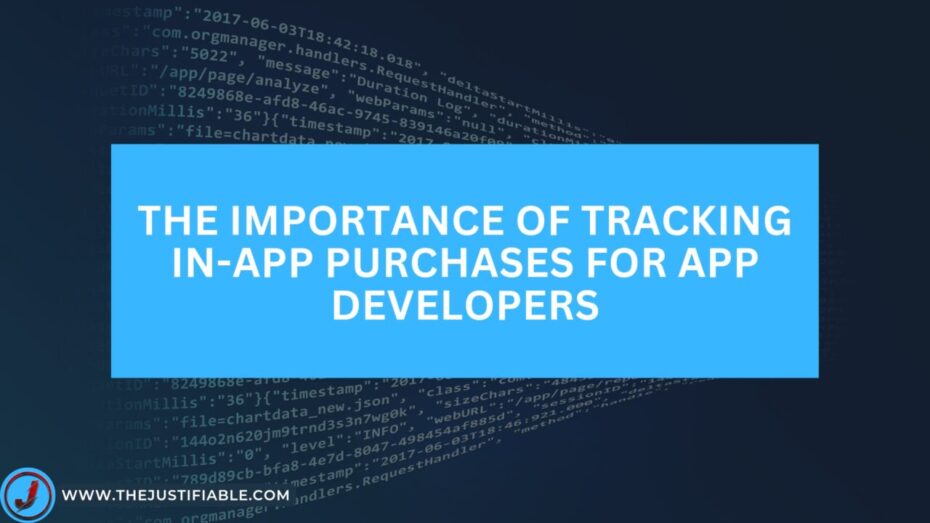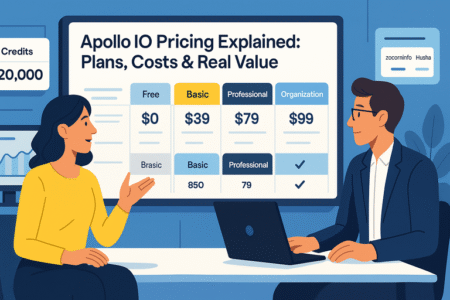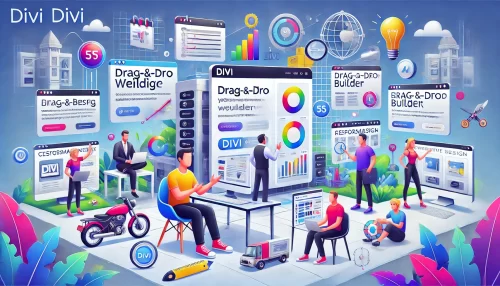Table of Contents
The importance of tracking in-app purchases for app developers!
As mobile app usage continues to increase worldwide, in-app purchases have become an integral part of the revenue generation model for app developers.
In fact, according to a report by Statista, in-app purchases generated over $120 billion in revenue in 2020 alone. For app developers, this means that understanding how to track in-app purchases is essential to ensure optimal revenue and profitability.
In this article, we’ll explore the importance of tracking in-app purchases and how to effectively do so.
What are In-App Purchases?
In-app purchases refer to the ability for users to buy additional content or features within a mobile app. These purchases can range from simple one-time payments to subscriptions or in-app currency that can be used to unlock features or buy items within the app.
In-app purchases provide app developers with a way to monetize their app while offering users additional value and functionality.
Why is Tracking In-App Purchases Important?
Tracking in-app purchases is crucial for app developers to optimize their revenue generation model. By tracking in-app purchases, app developers can gain insights into how users are engaging with their app, what features or content are most popular, and how to improve the overall user experience.
Some of the key benefits of tracking in-app purchases include:
Understanding User Behavior
By tracking in-app purchases, app developers can gain a deeper understanding of how users are engaging with their app. This can include which features or content are most popular, what types of in-app purchases users are making, and how often users are making these purchases.
This information can help app developers make informed decisions about how to improve their app to meet the needs and preferences of their users.
Improving Monetization Strategies
In-app purchase tracking can also assist app developers in optimizing their monetization strategies. To maximize revenue, app developers can adjust pricing, create new offerings, or bundle different products or services together by understanding which in-app purchases are most popular.
This information can also be used to identify opportunities to introduce new in-app purchases that users may be interested in.
Evaluating the Effectiveness of Marketing Campaigns
Tracking in-app purchases can also provide valuable insights into the effectiveness of marketing campaigns. By monitoring in-app purchases, app developers can see which marketing campaigns are driving the most purchases and adjust their marketing strategies accordingly.
For example, if a particular marketing campaign is driving a lot of purchases, app developers may want to allocate more resources to that campaign or replicate its success in other campaigns.
Identifying User Segments
Tracking in-app purchases can also help app developers identify user segments. By analyzing the purchasing behavior of different user groups, app developers can identify trends and patterns that can help them target their marketing efforts to specific user segments.
This can include creating personalized recommendations or promotions based on user interests and behaviors.
How to Effectively Track In-App Purchases
Now that we’ve established the importance of tracking in-app purchases, let’s explore some best practices for effectively doing so. Here are some key tips to keep in mind:
Use Analytics Tools
One of the most effective ways to track in-app purchases is to use analytics tools. There are a number of different analytics tools available that can help app developers gain insights into user behavior, in-app purchases, and other important metrics. Some popular analytics tools include Google Analytics, Mixpanel, and Flurry Analytics.
Monitor Key Metrics
When tracking in-app purchases, it’s important to monitor key metrics such as the number of purchases, the amount of revenue generated, and the conversion rate. These metrics can provide valuable insights into how users are engaging with your app and how you can optimize your monetization strategies.
By monitoring these metrics regularly, app developers can identify trends and patterns that can help them make informed decisions about how to improve their app and monetization strategies.
Implement In-App Purchase Tracking
Another important step in tracking in-app purchases is to implement in-app purchase tracking. This involves setting up tracking codes within your app that can track user behavior and in-app purchases. Most analytics tools provide documentation and support for implementing in-app purchase tracking.
Segment User Data
App developers should also consider segmenting user data to gain more granular insights into user behavior and in-app purchases. This can involve grouping users based on demographics, behavior, or other criteria.
By segmenting user data, app developers can identify patterns and trends among specific user groups and tailor their marketing efforts accordingly.
Regularly Analyze Data
Analyzing in-app purchase data should be an ongoing process for app developers. By regularly analyzing data, app developers can identify changes in user behavior, make informed decisions about how to optimize their app and monetization strategies, and track the effectiveness of marketing campaigns.






